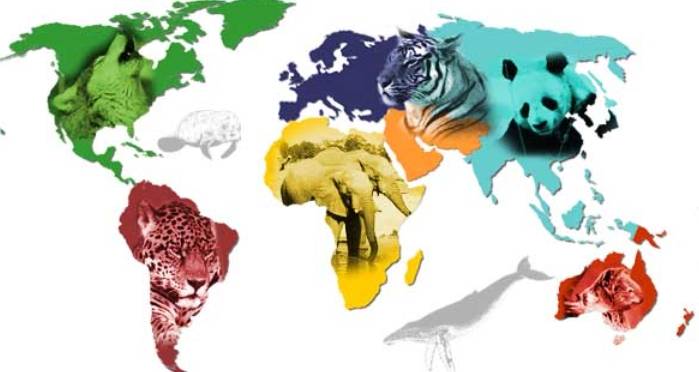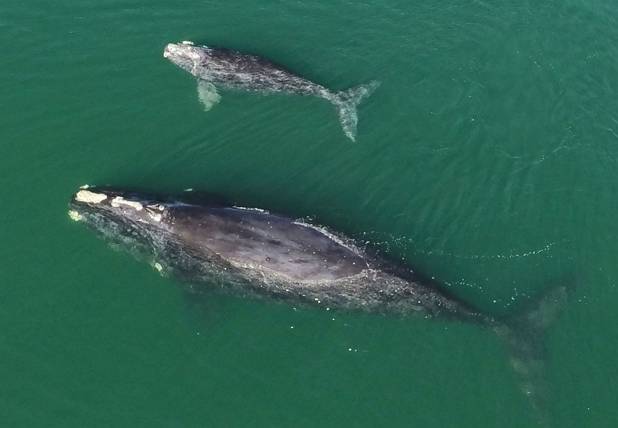The findings of the study, published in the journal Biological Reviews, revealed that 48 percent of the analyzed species are experiencing a decline in population size. In contrast, less than 3 percent of the species showed an increase in population.
The impact of human activities on biodiversity has already led to the extinction of numerous species and pushed many others to the edge of survival. Scientists warn that we are currently witnessing a “sixth mass extinction,” primarily caused by human-driven factors. The destruction of natural habitats to accommodate agriculture, urbanization, and infrastructure development is a major contributor. Additionally, climate change plays a significant role in the decline of species, with its impact expected to worsen as global temperatures rise.
The researchers of the study conducted an analysis of over 70,000 species worldwide, encompassing mammals, birds, reptiles, amphibians, fish, and insects. Their objective was to assess the trends in population growth, decline, or stability for each species over time.
.

According to Daniel Pincheira-Donoso, co-author and researcher at Queen’s University Belfast, their findings serve as a “drastic alert.” He explained that previous studies, which focused on smaller species samples, have already indicated that the ongoing “extinction crisis” is more severe than commonly understood. Pincheira-Donoso emphasized that their study provides a stark and comprehensive confirmation of this crisis on a global scale.
Pincheira-Donoso also stated that the study offers a “clearer picture” of the magnitude of the global biodiversity decline. He explained that the extinction crisis has traditionally been characterized by “conservation categories,” which are labels assigned by the International Union for Conservation of Nature (IUCN) to assess the status of species at a specific point in time.
Using the IUCN’s method, approximately 28 percent of species are classified as being at risk of extinction on the Red List of Threatened Species. However, Pincheira-Donoso emphasized that their study focused on determining whether the population sizes of species are rapidly declining or not, rather than solely relying on their current threatened status. The study recognizes that downward population trends over time serve as a warning sign preceding extinctions.
The assessment reveals that 33 percent of species categorized as “non-threatened” on the IUCN Red List are actually experiencing population declines that could lead to extinction. While declines are observed across mammals, birds, and insects, amphibians are particularly vulnerable, facing multiple threats such as disease and climate change. On the other hand, fish and reptiles show a more positive trend, with a greater number of species displaying stable populations rather than declining ones.

The report highlights that population declines are more concentrated in tropical regions. One contributing factor is the increased sensitivity of animals in the tropics to rapid environmental temperature changes, as explained by Pincheira-Donoso. Brendan Godley, a professor of conservation science at the University of Exeter, who was not part of the study, commented that the research provides valuable new perspectives on population trends.
Godley, speaking to CNN, expressed his admiration for the study, describing it as highly influential. He emphasized its global scope, encompassing all vertebrate groups and insects. By meticulously examining population trends rather than relying on limited Red List Assessments, the research underscores the immense pressure wildlife faces from human activities. Furthermore, it emphasizes the global nature of this impact across various animal groups, as stated by Godley.
Godley highlighted that there have been success stories of animals successfully recovering from the verge of extinction, such as great whales and sea turtles. However, he emphasized the need for concern regarding the study’s findings. According to Godley, it is crucial to be alarmed about these results because the persistence of thriving populations, species, habitats, and ecosystems is vital for our own existence.



